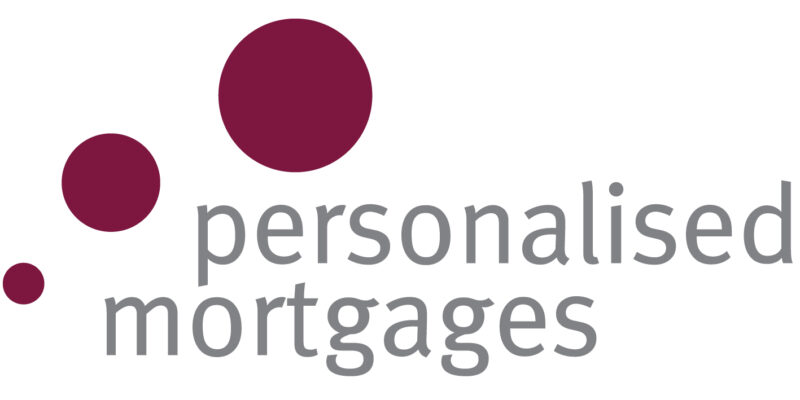We are lucky here in NZ that with 4 main banks and quite a few smaller ones, there is an offering for meet most clients needs. With my clients I work with them initially to work out the best bank with the right structure that will help them hit their short and longer term goals.
So what does the terminology mean?
1. Term loan
This is the most common type of home loan within NZ. You can choose a term up to 30 years with most lenders. Early repayments pay off more interest, while most of the later payments pay off the principal
You can have a term loan with a fixed or variable rate.
Advantages:
• Table loans provide the discipline of regular payments and a set date when they will be paid off.
• The fixed rates term loan offers the certainty of knowing what your payments will be.
Disadvantage:
• Fixed regular payments might be difficult for people with irregular income.
2. Revolving credit loan
Revolving credit loans work like an overdraft. It is generally loaded on your main transactional account, so your pay goes straight into the account and bills are paid out of the account when they’re due. By keeping the loan as low as possible at any time, you pay less interest because interest daily.
You can make lump-sum repayments and redraw money up to your limit. Some revolving credit mortgages gradually reduce the credit limit to help you pay off the mortgage.
Advantages:
• If you’re well organised, you can pay off your mortgage faster. This also suits people with uneven income as there are no fixed repayments.
• Putting surplus funds into this account rather than a separate savings account will give bigger interest savings and also avoids the tax on the savings account interest.
Disadvantage:
• To make this work for you, you need to be disciplined. It can be tempting to always spend up to the credit limit and stay in debt longer.
3. Offset loan
An offset mortgage setup can reduce the amount of interest you pay on your mortgage. Typically, interest is payable on the full amount of a loan. But by linking your loan to any savings or everyday accounts you already have, you pay interest on that much less. For example, someone with a $500,000 mortgage and $150,000 in savings would only pay interest on $350,000.
The more cash you keep across your accounts from day to day, the more you’ll save, because interest is calculated daily. Linking as many accounts as possible – whether from a partner, parents, or other family members – means even less interest to pay.
Advantage:
• You pay less in interest and pay off your mortgage faster.
Disadvantage:
• The linked savings accounts do not earn any interest when they offset a loan. That said, interest on debt is typically higher than the interest you would earn on savings, which makes the offset worthwhile.
So what works best for you?
Well that’s the big question? There is no ‘one size fits all’. The best option is to arrange a catch up and we can talk through your situation and work out the best structure for you. And you don’t need to change banks to put a different structure in-place, let me know and we can see what we can do with your current lender.

